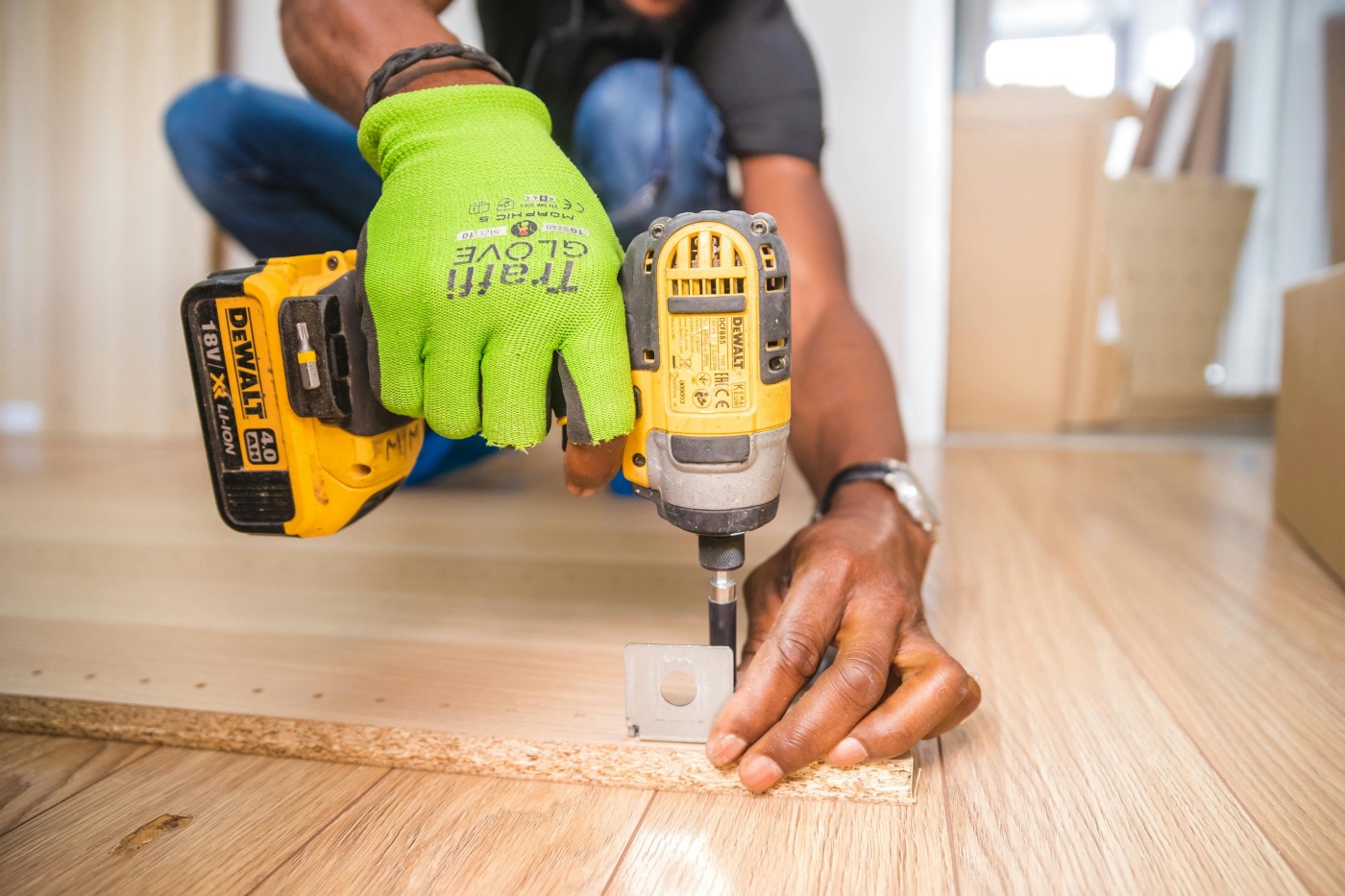You know the feeling: your favourite coffee machine suddenly stops working, or the washing machine won’t spin anymore. It’s annoying, but instead of rushing to buy a new one, consider repairing it. Sustainable repair is not only good for your wallet but also for the environment. By giving your devices a second life, you reduce waste and contribute to a circular economy.
The benefits of DIY repairs
One of the biggest advantages of DIY repairs is, of course, saving money. New devices can be quite expensive, while replacing a single part is often much cheaper. Plus, you’ll save in the long run by not having to buy new devices as frequently.
Eco-friendliness
Opting for repair over replacement reduces the amount of electronic waste. This contributes to a more sustainable world and helps prevent the depletion of natural resources. Every repaired device means one less item in the landfill.
Self-reliance and knowledge
Repairing your own devices can also be very satisfying. You learn how things work and develop new skills. This can boost your confidence and make you less dependent on costly repair services.

How to start DIY repairs
The first step in any repair process is identifying the problem. This can range from a blown fuse to a faulty motor. Often, you can find online guides and videos that help you diagnose the issue.
Find the right parts
Once you know what’s wrong, you’ll need to find the right parts to carry out the repair. This is where Fixpart comes in handy. They offer a wide range of spare parts and accessories for household appliances, making it much easier to find exactly what you need.
Gather your tools
Make sure you have all the necessary tools before you start repairing. This can range from screwdrivers and pliers to more specialized tools like multimeters or soldering irons.
Follow a guide
There are countless resources available that provide detailed step-by-step guides for almost any repair imaginable. Websites, YouTube videos, and forums can all contain useful information to get you started.
Test and finish up
After completing the repair, it’s important to thoroughly test if everything works properly again. Plug in the device and check if the issue is truly resolved before reassembling everything.

Tips for successful repairs
Always prioritize safety when repairing. Turn off devices and unplug them before starting work to avoid electrical shocks.
Document the process
Take photos or videos during each step of disassembly. This will be incredibly helpful when putting everything back together.
Be patient
Repairs can sometimes take longer than expected, especially if this is new territory for you. Take your time to work carefully and don’t hesitate to seek help if needed.
Give your devices a second life
Sustainable repair offers numerous benefits, both financially and ecologically. By using platforms, you can easily access all the necessary parts to breathe new life into your household appliances. So why not start today? Give your devices a second life and contribute to a more sustainable future!







